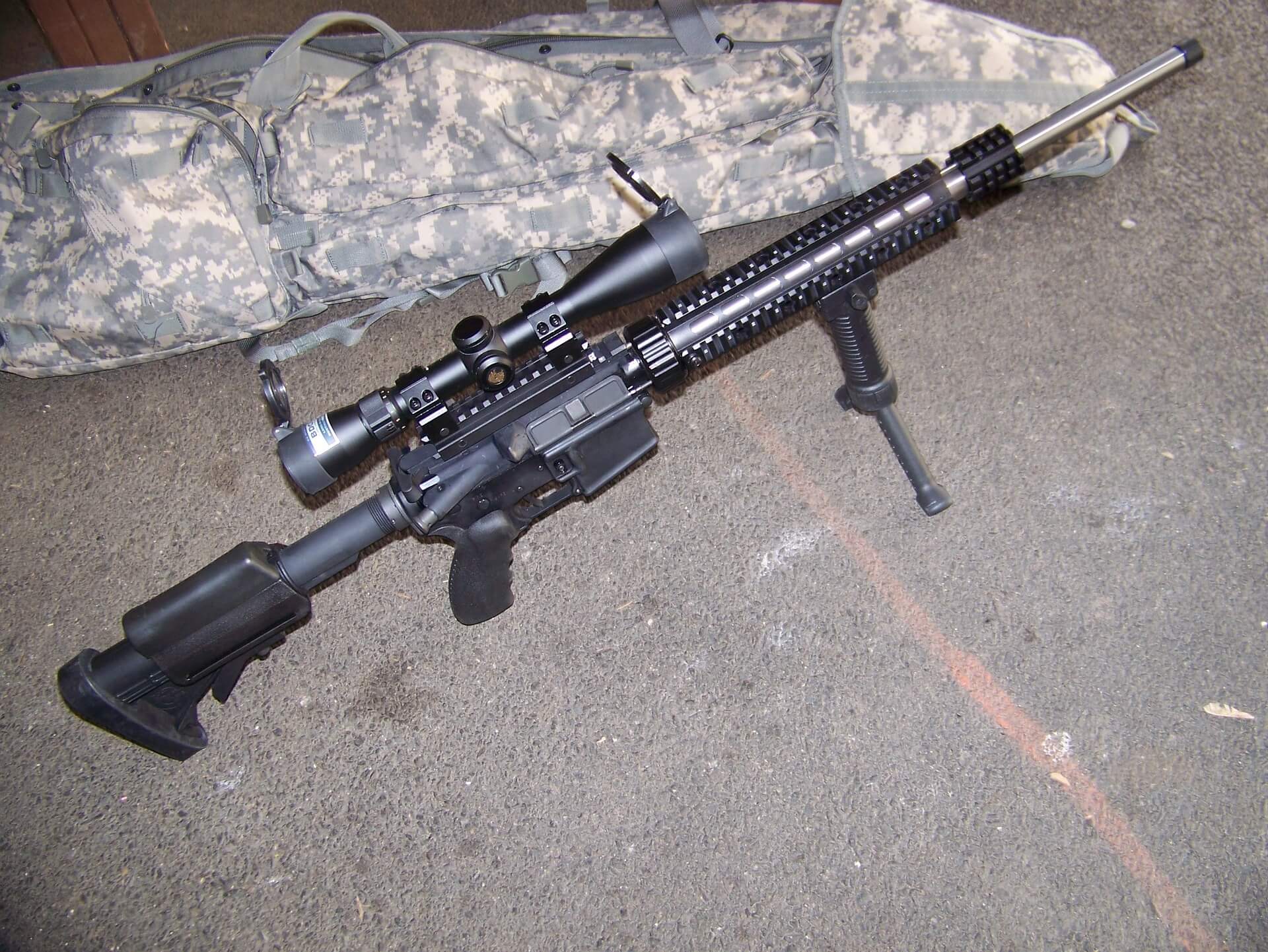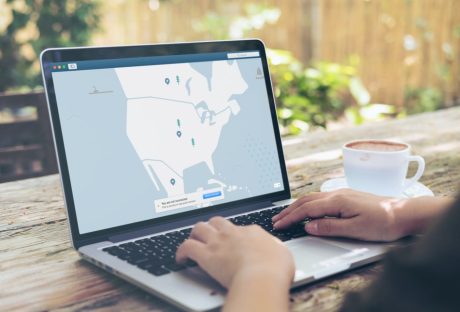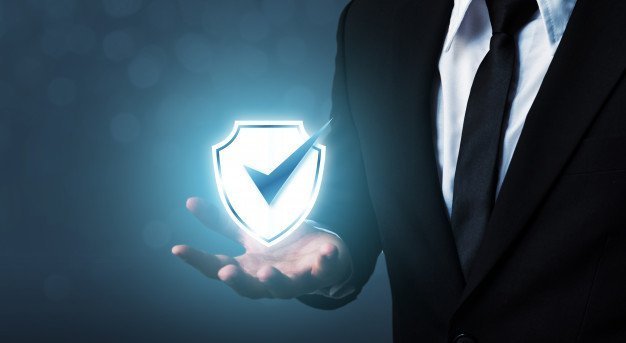Employee safety should be your number one priority as a business owner – especially if your employees are constantly working at height. Should your employees slip or fall and cause injury to themselves, your company will have to face the consequences. For a start, your employees could be out for several weeks and you may have to pay them in full while they are recovering – you may also be faced with expensive lawsuits. Investing in safety measures isn’t cheap, but it is cost-effective and it ensures your employees are as safe as possible. Let’s have a look at some of the safety measures you can implement to improve safety.
Invest in the Right Equipment:
Having access to the right equipment for employees is crucial to complete the job in hand correctly and to undertake work safely. A quality safety harness for each employee is a good starting point. It ensures that they can attach themselves to a secure area that isn’t going to move – so if their platform they are working from did succumb to damage, they will be left hanging and waiting for assistance. If they are undertaking a bigger job when working from height and they’ll be handling a lot of materials, you’ll need to hire/purchase the right platforms.
Improve Training:
A lot of slips and falls happen in the workplace because employees aren’t trained properly. For example, you may have the right equipment in terms of safety harnesses and secure ladders, but employees might not know how to properly secure themselves. Train your employees on a regular basis and ensure you stay up-to-date with the latest workplace regulations. Training your employees won’t just benefit their safety, but it will also benefit your company in terms of increased efficiency.
Determine if the Project is Safe to Work On:
One of the many things employers overlook when it comes to working at height is the safety of the project itself. If the side of a building is crumbling and there’s no safe way of undertaking the work with the equipment you have – don’t take on the job. Your employee’s safety is far more important than profit. After all, if your employees are injured, you could be faced with much higher expenses than the project itself is worth.
Can They Work from the Ground?
A lot of the time, employees do have the option of working from the ground level or at least a level where it’s not too high. Specialist equipment can be considered in this instance, especially if your employees have to clean gutters from time to time. If your employees have the option of working from a lower level, ensure they know that it’s possible.
In conclusion, increasing safety is an expense your business will have to front, not just to ensure employees are happy and safe when working at height, but also for legal reasons. Should your business not follow standard safety practices, it could end up being faced with a lawsuit.
Read Also:






















